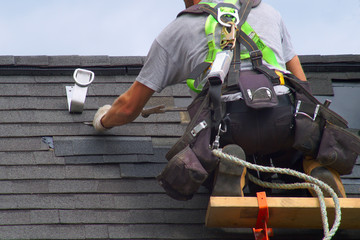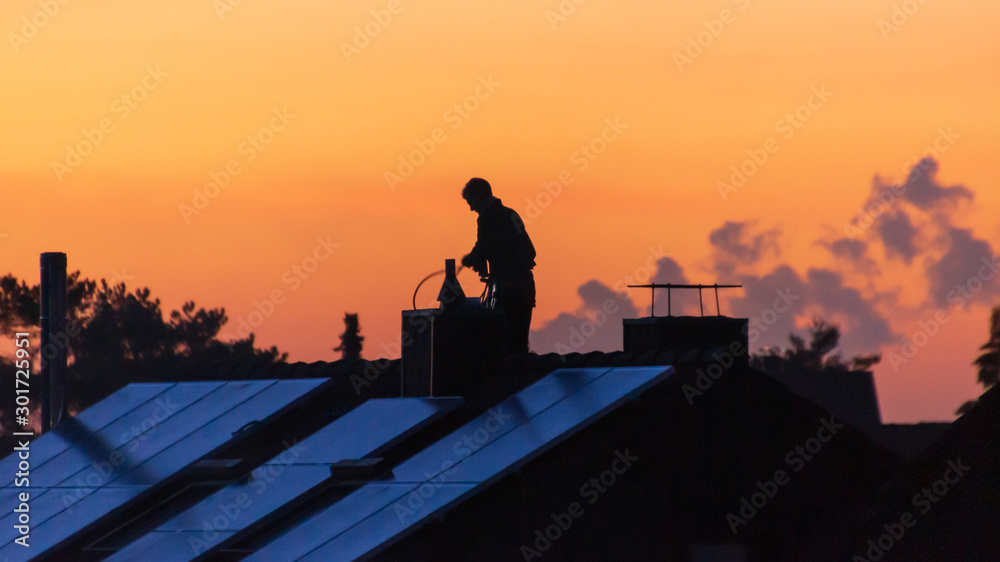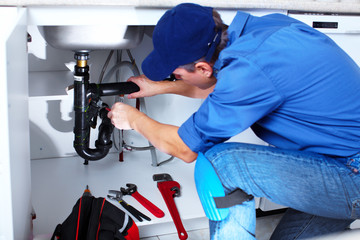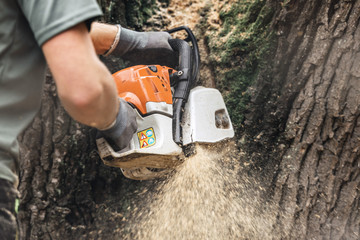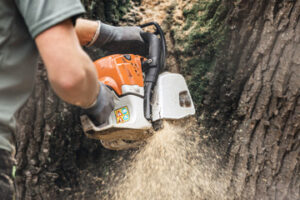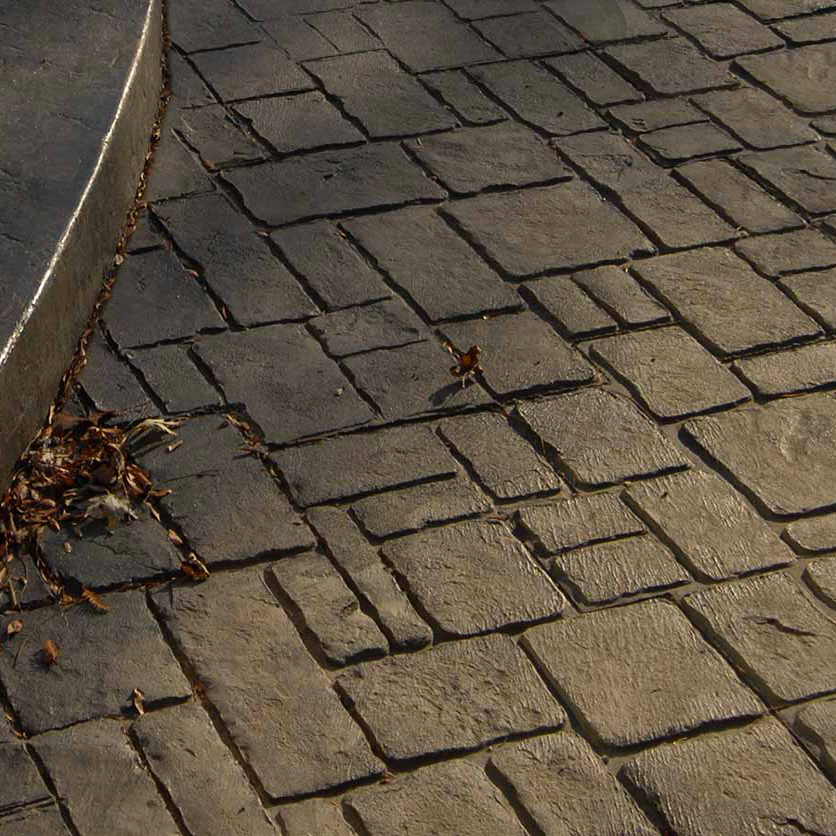A roof protects your home from the blazing sun, pounding rain, and gusty winds. It also enhances its curb appeal and adds to its value.
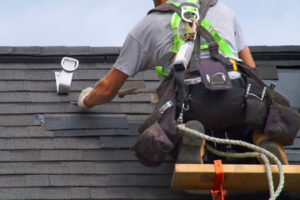
A properly installed roof can last for decades and save you money on energy bills. It can also prevent costly repairs and water damage. Visit https://redstickroofing.com/ to learn more.
Asphalt shingles are a durable and attractive roofing option that comes in a wide variety of colors and styles. They can be customized to match your aesthetic or home’s design, and they are a cost-effective roofing choice for almost any budget. Additionally, this popular roofing material is recyclable and environmentally friendly.
Before you begin laying field shingles, it’s important to install a course of starter shingles. These shingles are designed to help prevent moisture from seeping into the roof and damage your home’s interior. Starter shingle installation is a relatively simple process and can be done with basic DIY tools. Just be sure to take the time to map out your pattern and nail down each shingle properly.
The most common type of asphalt shingle is the three-tab shingle. This shingle has a base mat, a layer of waterproof asphalt, and a surface of ceramic granules. Three-tab shingles are the most affordable, but they also have the shortest lifespan and are less resistant to weather damage.
Another common asphalt shingle is the architectural shingle. This shingle has more layers and provides a richer, more intricate look to your roof. It’s available in many different color options and can be designed to mimic the appearance of other types of materials, such as wood or slate.
If you’re looking for something even more aesthetically appealing, consider installing architectural shingles that have an impact-resistant coating. This coating will protect your roof from hail and other weather damage, which can save you money on insurance premiums and repairs.
You can also purchase asphalt shingles that are treated with fire-resistant chemicals to help reduce the risk of wildfires in your area. These shingles are more durable than traditional asphalt shingles and can withstand high winds.
It’s important to note that while asphalt shingles are easy to install and affordable, they do require regular maintenance to ensure long-lasting performance. This includes removing debris, cleaning the gutters, and inspecting the roof regularly for any signs of wear. By following these steps, you can enjoy a long-lasting, beautiful roof that will enhance your home’s value and curb appeal.
Metal Roofs
Metal roofs are a great choice for those who want a more modern look. They are also known for being long-lasting and energy efficient. However, like any roofing type, they require a quality installation in order to get the most life out of them. This can be difficult if you are trying to do it yourself.
To begin your project, be sure to have all of the necessary materials on hand, including the roof panels and underlayment. Depending on your location, you may be required to obtain a building permit for the work. This is a good idea because it ensures that you are following all local rules and regulations and that your project is being done correctly.
The next step in the process is to prepare the decking for the new roofing. Typically, you will need to replace any wood that is soft or rotten. Once you have the decking in place, it’s time to lay the underlayment. This is a layer of plywood, OSB, or some other form of synthetic underlayment that is placed over the rafters and joists to create the surface for the metal panels to attach to.
Once the underlayment is in place, it’s time to start installing the metal panels. Begin at one end of the roof and work your way around. It’s important to follow the manufacturer’s instructions for installation, as well as the spacing between the seams. Be sure to use the proper screws and clips, as well.
As you continue to install the panels, be sure to leave room for the ridge vent to be installed. You can also choose to add a closure strip that covers the gap between the last panel and the ridge. Once the ridge cap is in place, you can run a strip of sealant tape along the ridge to prevent water from seeping into the house.
A metal roof can withstand severe weather conditions, but it’s important to have a high-quality installation. Loose or missing fasteners can allow rain and melting snow to penetrate the roof system, causing damage and potentially leading to water infiltration and moisture problems inside the home or business. By working with reputable contractors, conducting regular inspections and maintenance, and using energy-efficient solutions, you can avoid many of these issues.
Clay Tiles
Clay tile roofs are a popular roofing option in the Southwest. These roofs are highly durable, fire resistant and have great aesthetic appeal. They are also resistant to mold, mildew, fungus and extreme heat or cold. Additionally, they offer superior protection from hail, wind and other elements that damage shingles and other roof types.
Unlike asphalt shingle roofs, which are only partially waterproof, a well-installed clay tile roof is completely watertight. This is because of the unique material construction and installation method used to install clay tiles. The tiles are set in a bed of underlayment to prevent leaks and are then sealed with cement. This is a highly labor-intensive process that is best done by skilled and experienced roofers.
When clay tiles are installed properly, they can last for a lifetime. Many buildings in Europe have clay tile roofs that are centuries old. These roofs are able to resist severe hot or cold weather conditions, which is another reason they have such a long lifespan.
Clay tiles are made of natural clay and sand and fired in a kiln at high temperatures. They can be tinted to create a wide variety of colors. In addition, these roofs have a higher solar reflective index than other materials and are able to absorb and disperse heat. This makes them an excellent choice for homes that are prone to extreme heat and sunlight.
These roofs are heavier than shingles and need to be installed on a framing that can support their weight. As a result, they should only be installed on roofs that have a steeper pitch or have had structural reinforcement added to the roof frame.
Due to their heaviness, clay tiles should only be installed by experienced roofers. They should be carefully installed in a manner that prevents the edges from curling up and creating gaps between tiles. In addition, they should be cut in a way that minimizes the amount of water exposed to the underlayment. Finally, any penetrations through the roof such as vents or chimneys should be handled with metal flashing rather than tiles.
Underlayment
Roofing underlayment protects the roof deck and provides a barrier for water infiltration when installing shingles or metal roofing. It also helps prevent damage from ice dams, which are common in northern climates. It’s important to ensure the right type of underlayment is used and that it is installed correctly.
There are three basic types of roofing underlayment: felt, self-adhered and synthetic. Felt is one of the oldest forms of underlayment. It is typically made of organic mats or paper saturated with asphalt to help with water resistance. It is inexpensive, but it tears easily and can wrinkle in the sun.
Felt underlayment requires fasteners to be secured to the roof sheathing, but many of today’s self-adhered underlayments come with their own adhesive. These products are designed for leak-prone areas like eaves, valleys, vents and chimneys, or skylights. Some also have a non-skid surface to make it safer for roofers to walk on the roof. When using these products, it’s important to follow all OSHA and other safety standards for roof installation.
Synthetic underlayments are manufactured to have a vapor permeance rating that is lower than that of asphalt felt, making them effective vapor barriers. Some manufacturers recommend them for vented cathedral ceilings or attics that allow downward drying, but they can be used in un-vented areas as well. They are more expensive than felt, but they don’t need to be reapplied every time there is rain.
Another option for underlayment is a self-leveling product that can be poured up to 1 inch thick. It’s designed to fill in low spots, and most products have complete instructions for mixing and pouring on the back of the bag.
Choosing and installing the proper type of underlayment is an essential step in protecting roofs from the elements and extending their lifespans. It’s vitally important to use a qualified roofing professional to install your underlayment, as this layer is critical to the integrity of the entire roof system. A roofing expert can help you determine the right underlayment for your project and explain how it should be installed.
